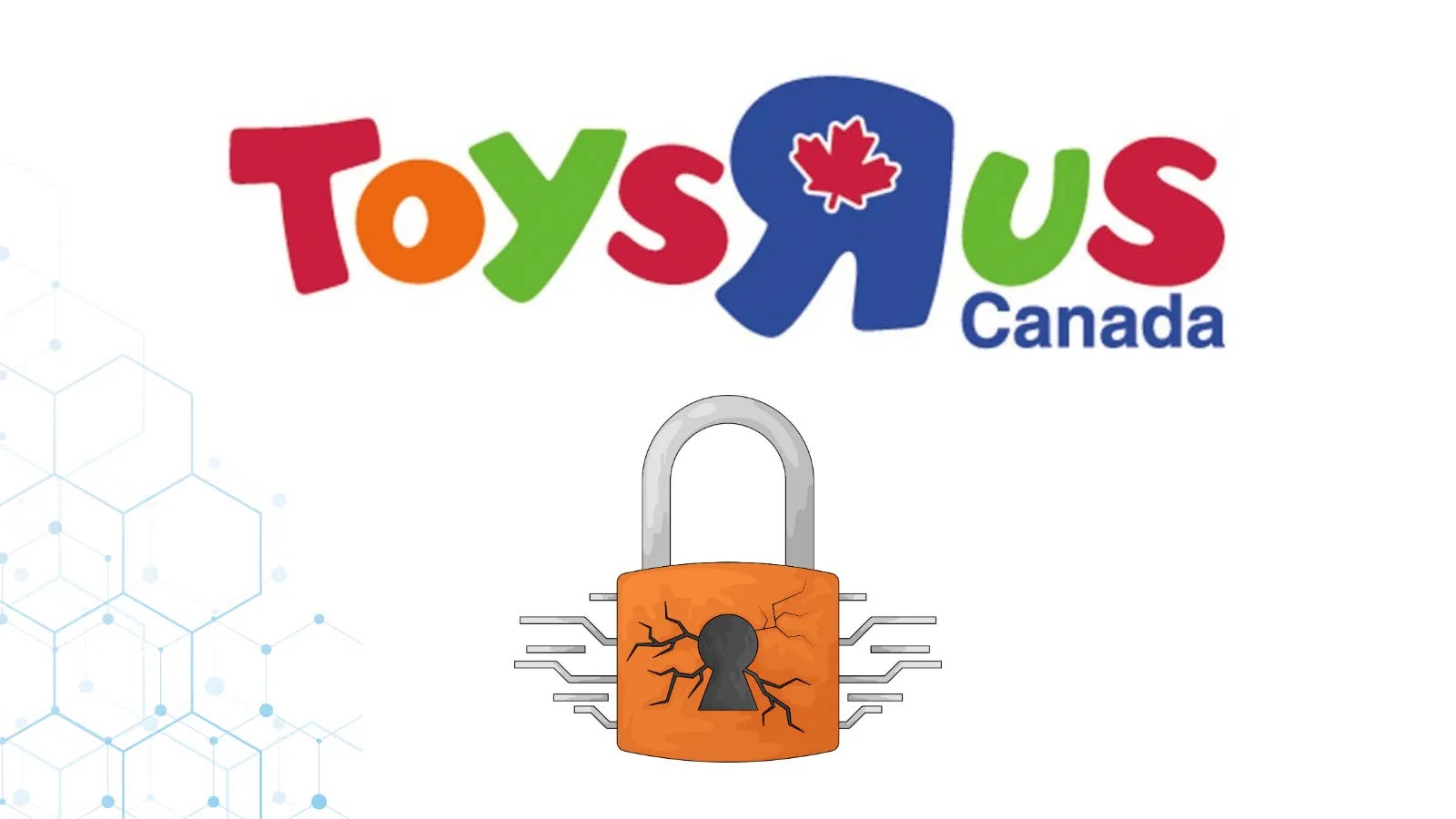Chinese Hackers Exploit WSUS Vulnerability to Deploy ShadowPad Malware
In a concerning development, Chinese state-sponsored cyber actors are actively exploiting a critical vulnerability in Microsoft’s Windows Server Update Services (WSUS) to deploy the sophisticated ShadowPad malware. This exploitation underscores the persistent threats targeting enterprise update infrastructures and the necessity for immediate defensive measures.
Understanding the WSUS Vulnerability
The vulnerability in question, identified as CVE-2025-59287, is a remote code execution (RCE) flaw within WSUS. This flaw arises from the unsafe deserialization of untrusted data, allowing unauthenticated attackers to execute arbitrary code with system-level privileges over a network. Microsoft assigned this vulnerability a critical severity rating with a CVSS score of 9.8, highlighting its potential for widespread exploitation. ([cybersecuritynews.com](https://cybersecuritynews.com/wsus-rce-vulnerability/?utm_source=openai))
WSUS is a vital component in Windows Server environments, enabling IT administrators to manage and distribute software updates across corporate networks. A successful attack on WSUS can compromise the integrity of the update process, potentially leading to the deployment of malicious software across all connected systems.
The Exploitation Campaign
Following the public release of proof-of-concept (PoC) exploit code in October 2025, threat actors swiftly began leveraging CVE-2025-59287 to infiltrate enterprise networks. Security researchers observed that attackers targeted internet-facing WSUS servers, exploiting the vulnerability to gain initial access. Once inside, they deployed PowerCat, an open-source PowerShell-based tool, to establish a command shell on the compromised system. ([cybersecuritynews.com](https://cybersecuritynews.com/wsus-vulnerability-actively-exploited/?utm_source=openai))
Subsequently, the attackers utilized legitimate Windows utilities such as `certutil` and `curl` to download and install ShadowPad. This method of using built-in tools helps evade detection, as these utilities are commonly used for legitimate administrative tasks. The deployment of ShadowPad through this technique indicates a high level of sophistication and a deep understanding of Windows internals by the attackers.
ShadowPad: A Sophisticated Backdoor
ShadowPad is a modular backdoor malware that has been linked to various Chinese state-sponsored groups. It is known for its stealth and versatility, allowing attackers to execute commands, exfiltrate data, and maintain persistent access to compromised systems. The malware achieves persistence through DLL sideloading, a technique where a legitimate application loads a malicious DLL, enabling the malware to operate covertly. ([cybersecuritynews.com](https://cybersecuritynews.com/toolshell-vulnerability-compromise-networks/amp/?utm_source=openai))
In this campaign, ShadowPad was observed using `ETDCtrlHelper.exe`, a legitimate Windows application, to load a malicious DLL named `ETDApix.dll`. When the legitimate program runs, it inadvertently loads the compromised DLL, which then acts as a loader for the ShadowPad backdoor, operating entirely in memory to avoid detection.
Global Impact and Targets
The exploitation of CVE-2025-59287 has had a significant global impact. Security researchers identified at least 2,800 exposed WSUS instances online, with a substantial number located in North America and Europe. These instances were scanned via ports 8530 and 8531, indicating widespread exposure of vulnerable systems. ([cybersecuritynews.com](https://cybersecuritynews.com/hackers-exploiting-microsoft-wsus-vulnerability/?utm_source=openai))
The attackers have targeted a diverse range of organizations, including universities, technology companies, manufacturing firms, and healthcare organizations, primarily based in the United States. The indiscriminate nature of these attacks suggests that the threat actors are scanning for exposed WSUS servers and exploiting them opportunistically, rather than focusing on specific targets. ([cybersecuritynews.com](https://cybersecuritynews.com/wsus-vulnerability-actively-exploited/?utm_source=openai))
Mitigation and Defensive Measures
In response to these attacks, Microsoft released an out-of-band emergency patch on October 23, 2025, to address CVE-2025-59287. Organizations are strongly urged to apply this patch immediately to mitigate the risk of exploitation. ([cybersecuritynews.com](https://cybersecuritynews.com/wsus-rce-vulnerability/?utm_source=openai))
Additionally, the U.S. Cybersecurity and Infrastructure Security Agency (CISA) has issued warnings about the active exploitation of this vulnerability, emphasizing the need for organizations to secure their WSUS servers. CISA recommends the following measures:
– Apply Security Updates: Ensure that all systems are updated with the latest security patches to address known vulnerabilities.
– Restrict Network Access: Limit access to WSUS ports (8530 and 8531) to only those systems that require connectivity, reducing the attack surface.
– Monitor for Anomalous Activity: Implement robust logging and monitoring to detect unusual behavior, such as unexpected PowerShell executions or the use of administrative tools like `certutil` and `curl`.
– Implement Multi-Factor Authentication (MFA): Enforce MFA to add an additional layer of security, making it more difficult for attackers to gain unauthorized access.
– Conduct Regular Security Audits: Perform periodic reviews of network configurations and access controls to identify and remediate potential vulnerabilities.
By adopting these measures, organizations can enhance their security posture and reduce the likelihood of successful exploitation by threat actors.
Conclusion
The exploitation of the WSUS vulnerability by Chinese state-sponsored actors to deploy ShadowPad malware highlights the evolving and persistent nature of cyber threats. It serves as a stark reminder of the importance of timely patching, vigilant monitoring, and comprehensive security practices. Organizations must remain proactive in their cybersecurity efforts to safeguard their systems and sensitive data against such sophisticated attacks.



